Hydrangeas are beloved for their lush, globe-like clusters of flowers that can brighten up gardens all summer long. But when it comes to pruning, many gardeners hesitate—worried they’ll accidentally cut away the very stems that hold next year’s blooms. The truth is, hydrangea pruning isn’t one-size-fits-all. Different varieties bloom on different types of wood, which means the timing and technique matter if you want to keep your shrubs healthy and blooming.
This guide will walk you through everything you need to know about pruning hydrangeas—when, how, and what to cut—so you can enjoy vibrant flowers year after year.
Why Pruning Hydrangeas Matters
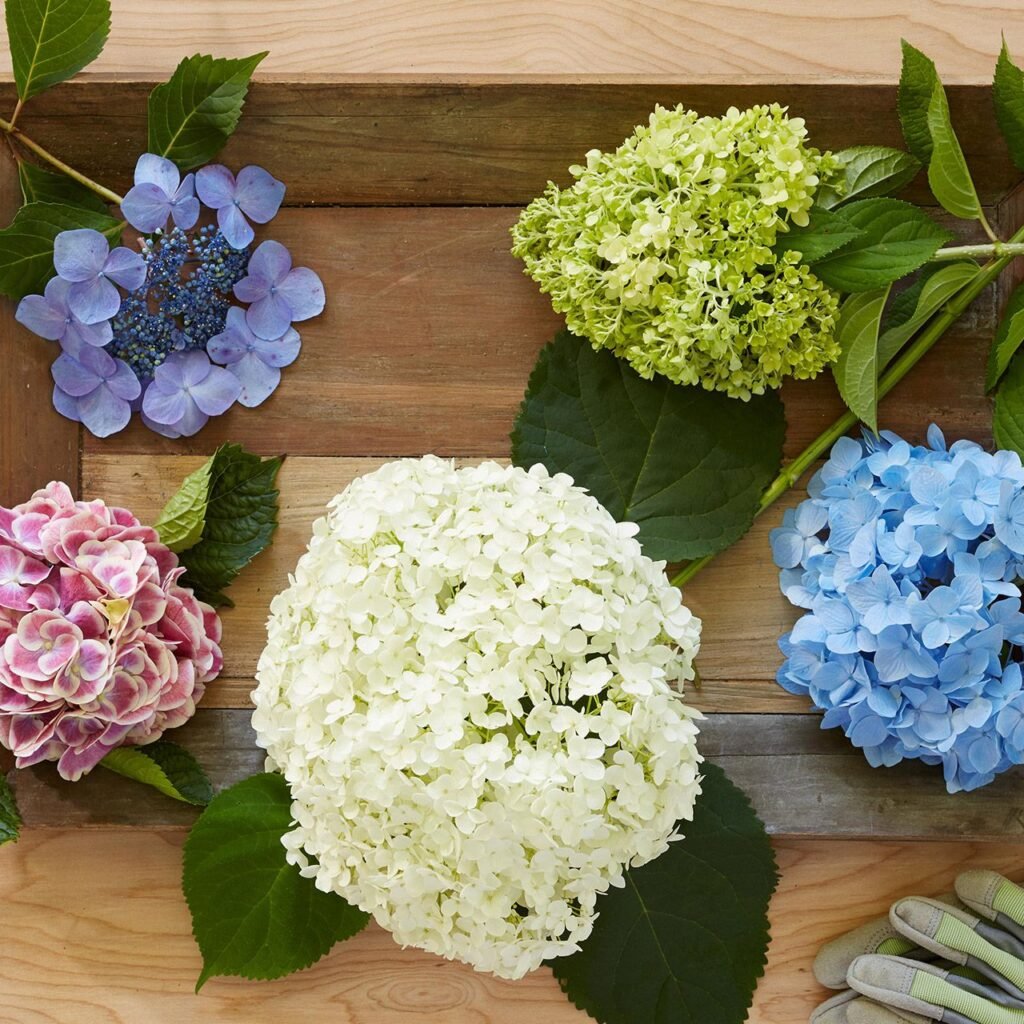
Pruning does more than just control a shrub’s size. Done properly, it:
- Encourages stronger, healthier growth
- Prevents the plant from becoming overcrowded or leggy
- Stimulates new flower buds
- Improves air circulation, reducing risk of disease
- Keeps your hydrangeas looking tidy and vibrant
But prune at the wrong time—or cut the wrong stems—and you risk sacrificing next year’s blooms.
Step 1: Know Your Hydrangea Type
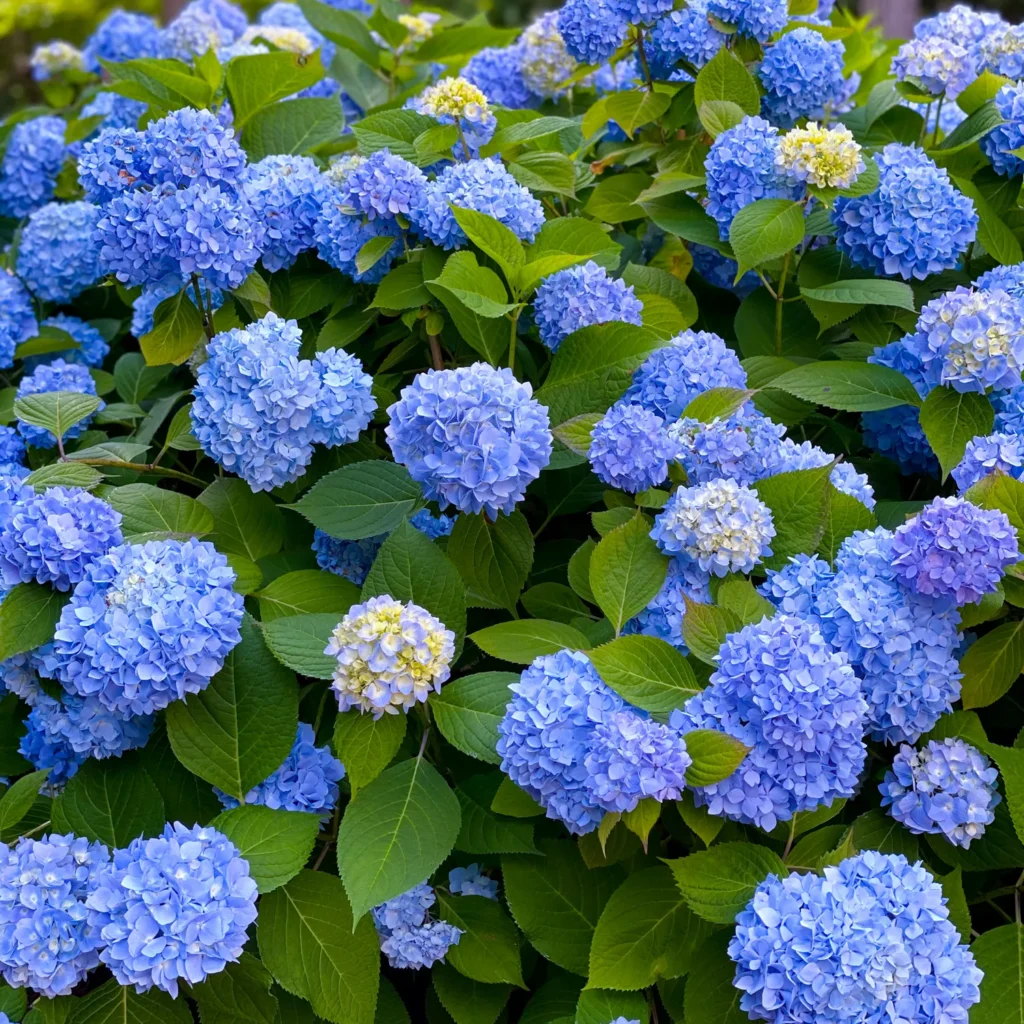
The first rule of hydrangea pruning is know your variety. Different hydrangeas bloom on either “old wood” (stems grown last year) or “new wood” (stems that grow this year).
Here’s a quick breakdown:
Old Wood Bloomers (bloom on last year’s stems)
- Bigleaf Hydrangea (Hydrangea macrophylla) – Includes mophead and lacecap types.
- Oakleaf Hydrangea (Hydrangea quercifolia)
- Mountain Hydrangea (Hydrangea serrata)
These set their flower buds in late summer to fall. If you prune in winter or spring, you’ll cut off next season’s blooms.
New Wood Bloomers (bloom on this year’s stems)
- Panicle Hydrangea (Hydrangea paniculata)
- Smooth Hydrangea (Hydrangea arborescens)
These form buds in spring, so they can be pruned in late winter without risk to their flowers.
Reblooming Varieties
Some modern hybrids, like Endless Summer, bloom on both old and new wood, giving you more flexibility and a longer flowering season.
Step 2: Timing Your Pruning
- Old wood types: Prune immediately after flowering (mid to late summer). Waiting until fall, winter, or spring risks cutting away next year’s buds.
- New wood types: Prune in late winter or very early spring before new growth starts.
- Reblooming types: Light pruning after flowering is fine, but heavy pruning should wait until late winter or early spring.
Step 3: How to Prune Each Hydrangea
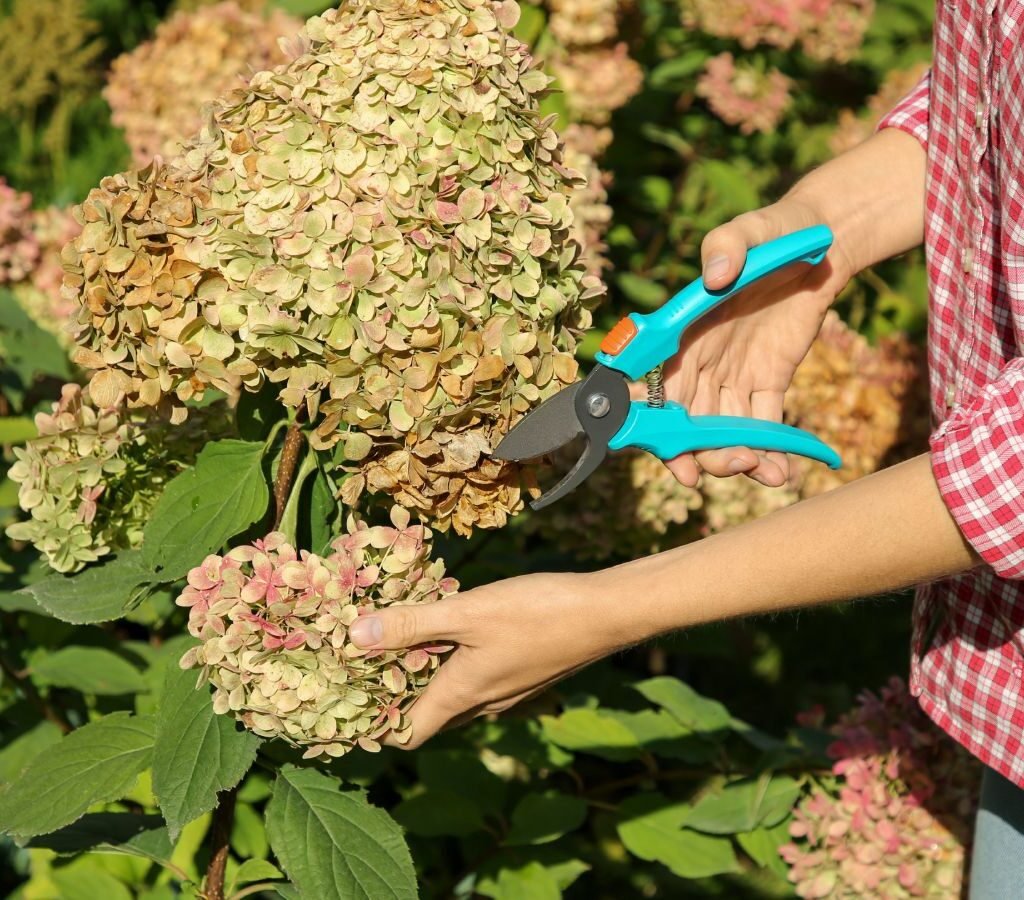
Bigleaf & Mountain Hydrangeas (Old Wood)
- Remove dead, weak, or crossing stems in summer after flowering.
- Cut back no more than one-third of the plant to shape it.
- Avoid shearing the whole plant—focus on selective cuts.
Oakleaf Hydrangeas (Old Wood)
- Prune lightly after flowers fade in early summer.
- Remove spent blooms and thin out old, woody stems.
- Keep natural shape—they look best when allowed to grow loosely.
Smooth Hydrangeas (New Wood)
- In late winter, cut stems back to about 6–12 inches from the ground.
- This encourages strong new shoots and bigger flower heads.
- If you prefer smaller blooms on sturdier stems, prune less aggressively.
Panicle Hydrangeas (New Wood)
- Prune in late winter or early spring before buds break.
- Cut back by one-third to one-half to control size and encourage fuller growth.
- Remove any thin or weak stems at the base.
Step 4: General Hydrangea Pruning Tips
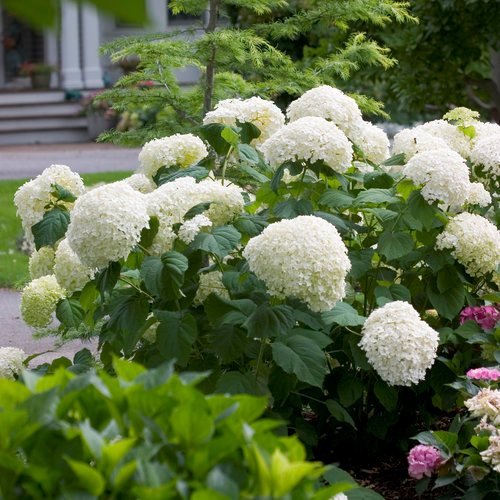
- Deadheading: For all hydrangeas, you can remove spent flowers anytime during the season to keep plants neat. Cut just above a healthy set of leaves.
- Rejuvenation pruning: If a plant is overgrown, remove one-third of the oldest stems at ground level to refresh it.
- Don’t overdo it: Hydrangeas don’t need heavy annual pruning. Light, strategic cuts are usually best.
Common Mistakes to Avoid
- Pruning at the wrong time – The most common cause of missing blooms.
- Cutting everything down – Some hydrangeas resent being sheared back too far.
- Ignoring dead wood – Always remove diseased or dead stems to keep plants healthy.
- Shaping too aggressively – Hydrangeas look best in a natural, rounded form, not boxy.
Tools You’ll Need
- Bypass pruners: For clean cuts on small stems.
- Loppers: For thicker, woody stems.
- Gloves: Hydrangea stems can be rough on skin.
- Disinfectant: Wipe blades with alcohol between cuts to prevent spreading disease.
Caring for Hydrangeas After Pruning
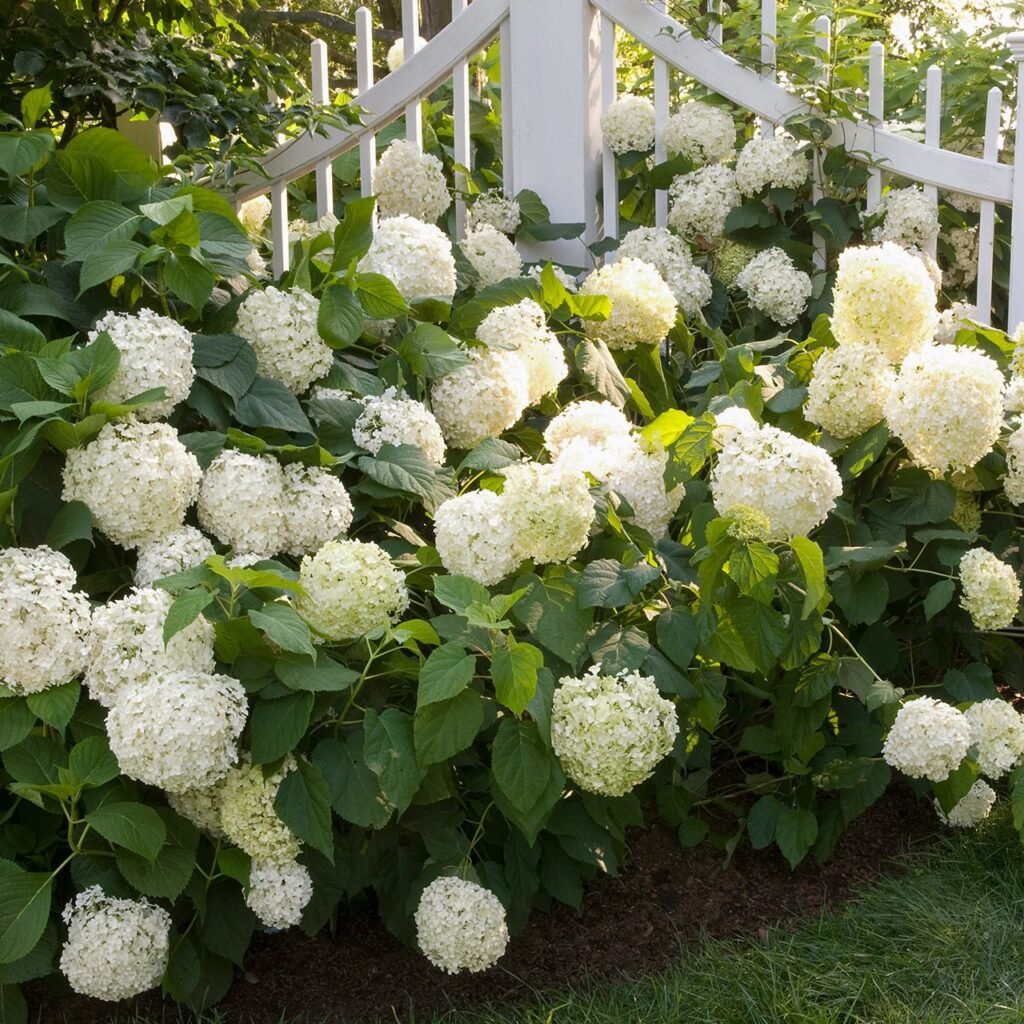
Pruning is only part of the equation. Afterward, help your hydrangeas thrive with:
- Mulch: A 2–3 inch layer helps retain moisture and regulate soil temperature.
- Watering: Hydrangeas love consistent moisture, especially in hot weather.
- Fertilizer: Apply a balanced, slow-release fertilizer in spring for healthy growth and blooms.
- Winter protection: For old-wood bloomers, protect buds with mulch or burlap in colder climates.
Final Thoughts
Pruning hydrangeas can feel intimidating, but once you know which type you’re growing, the process becomes simple. The key is timing: old-wood hydrangeas need pruning right after blooming, while new-wood varieties can be cut back in late winter without worry. With the right approach, you’ll keep your shrubs healthy, shapely, and—most importantly—full of vibrant flowers year after year.
So, before you reach for those clippers, take a moment to identify your hydrangea. With a little care and attention, you’ll never have to sacrifice next season’s blooms again.
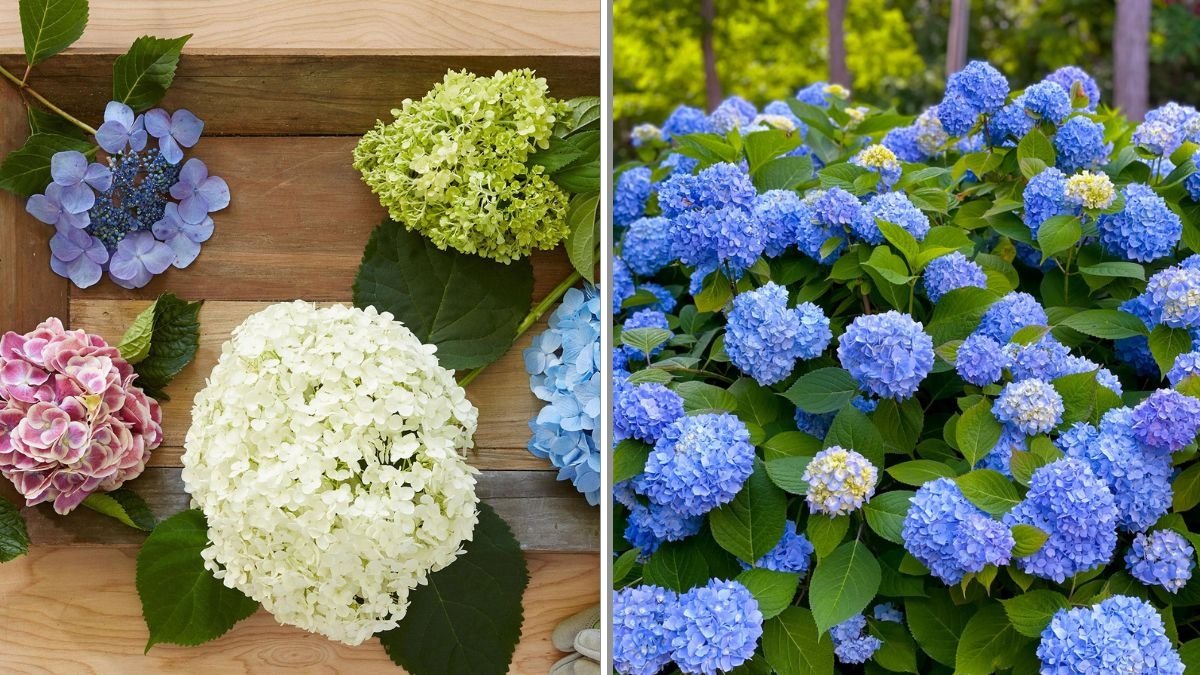




Leave A Comment